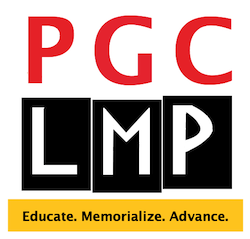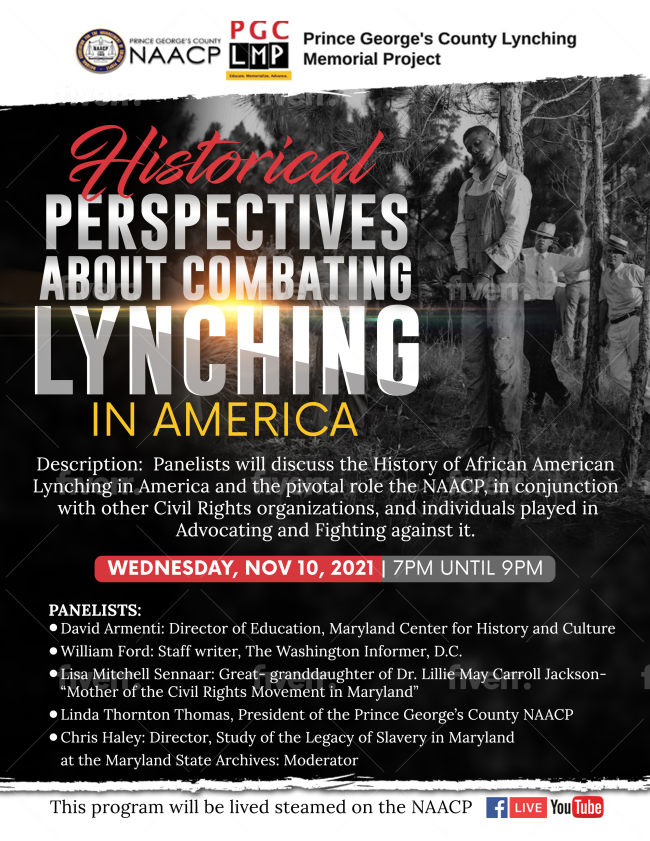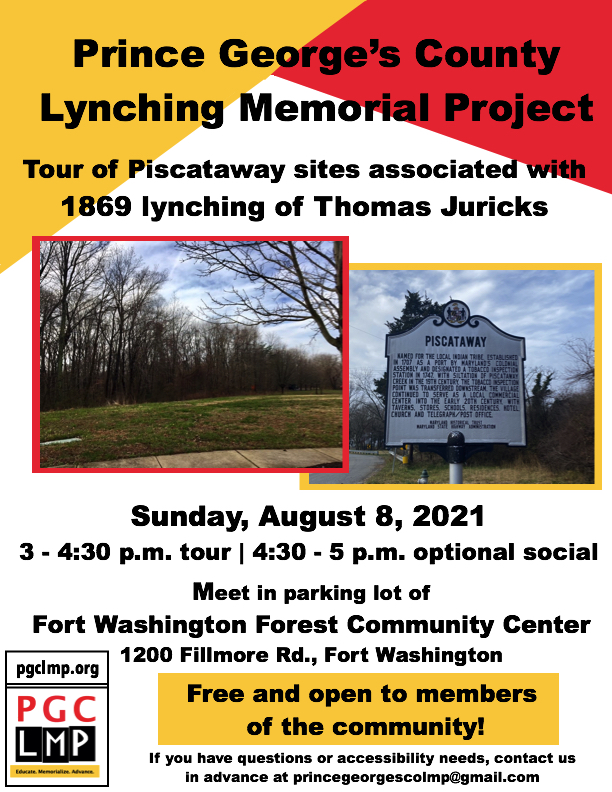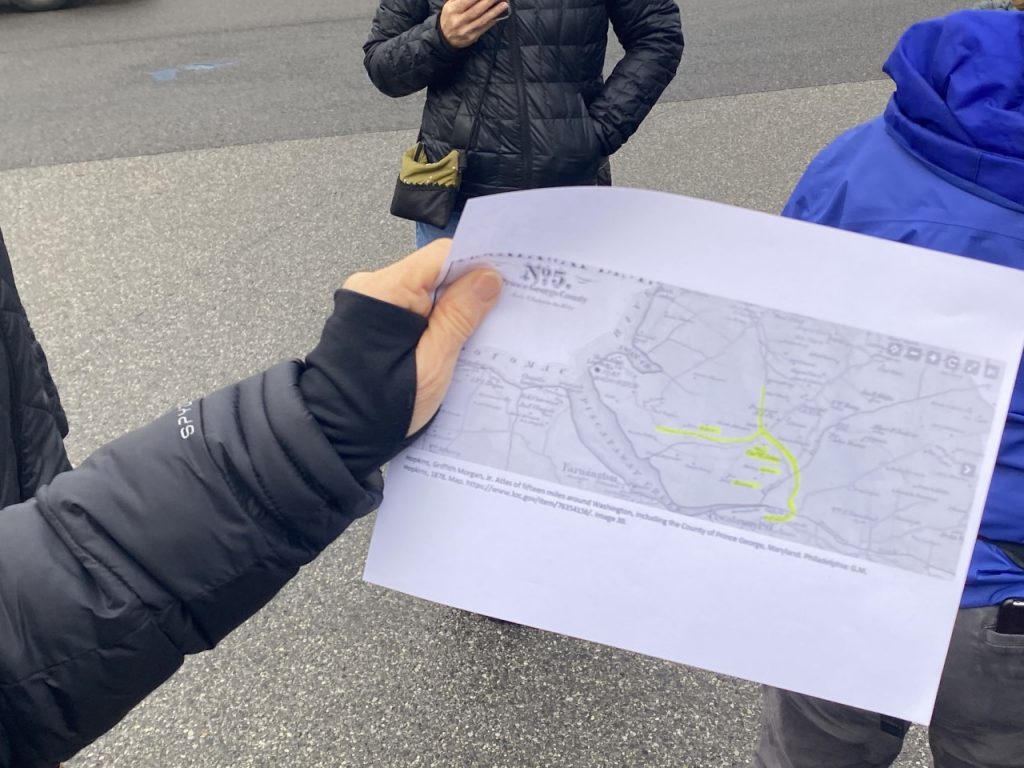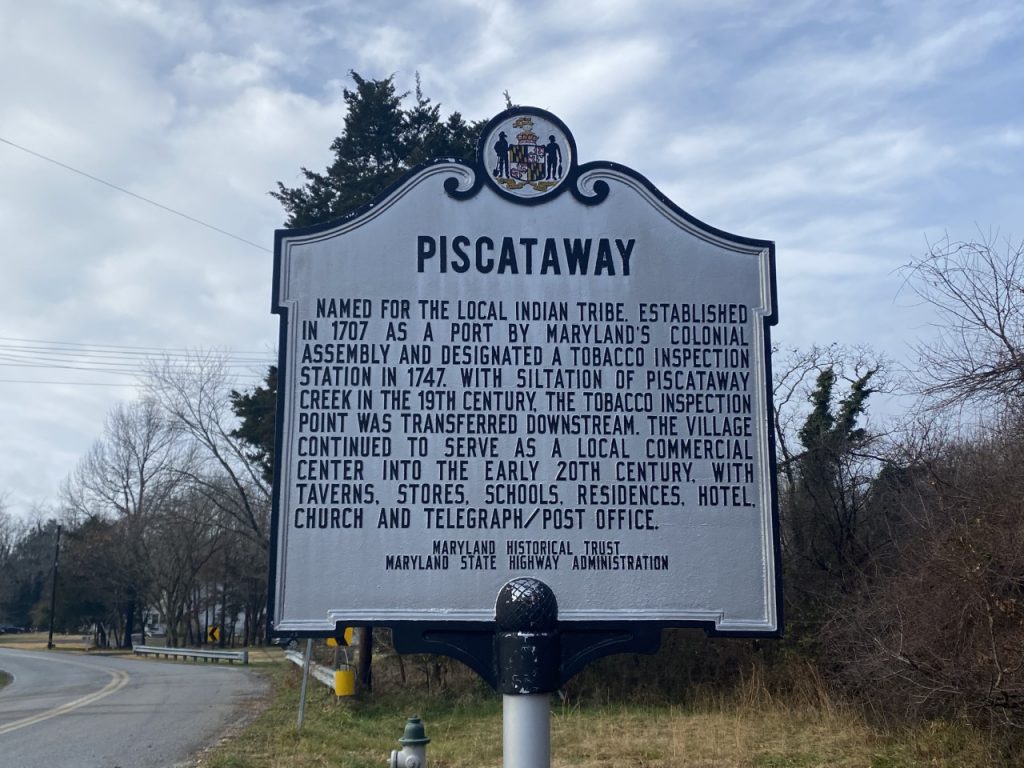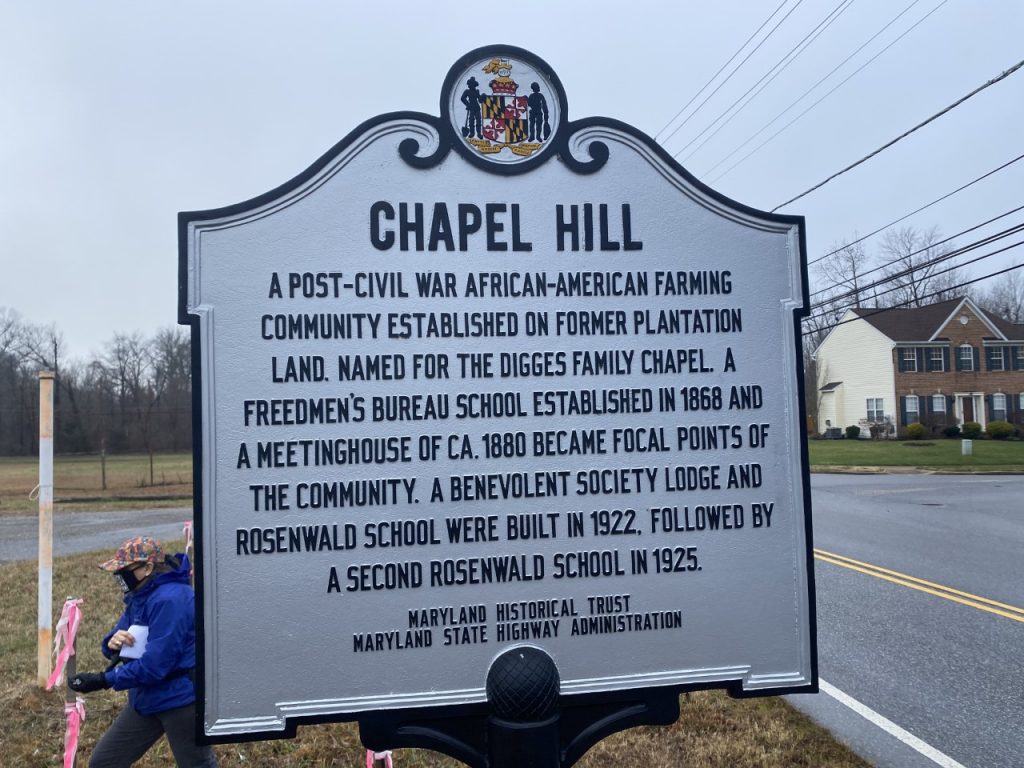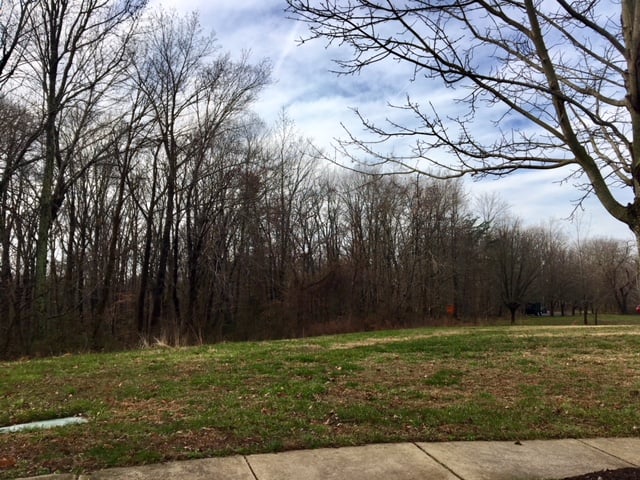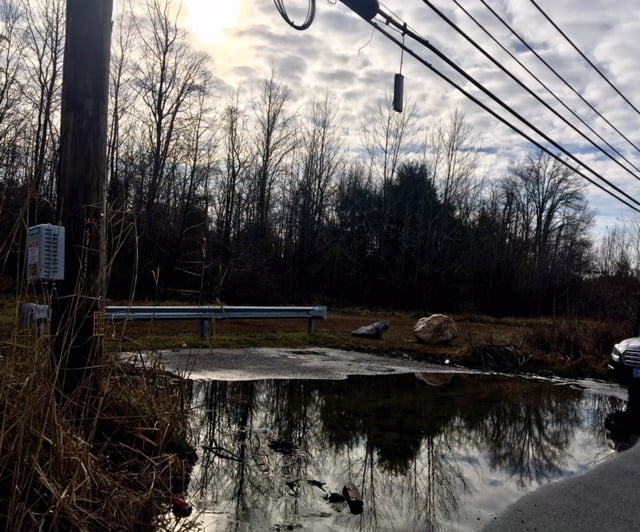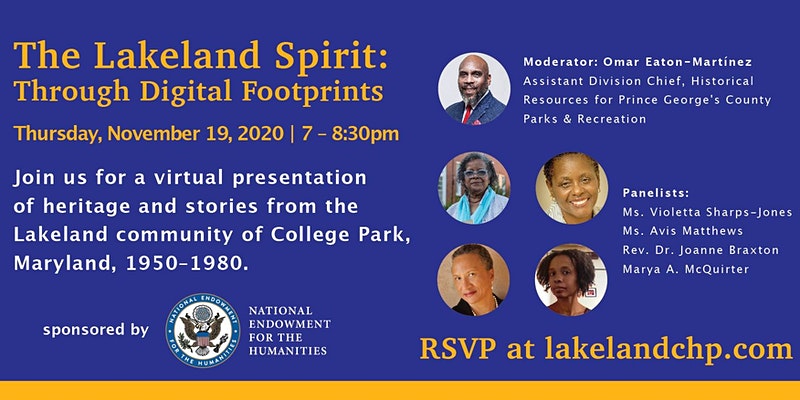The Prince George’s County Lynching Memorial Project is honored and excited to congratulate the winners of our 2023 Racial Justice Essay and Creative Arts contest. Each of our nine award winners is a Prince George’s County high school public, private, or homeschooled student.

The students were celebrated at an awards program attended by their families, friends, teachers, and community members held at the Greenbelt Community Center on June 17, 2023. Students presented their essays, creative writing, and artwork to audience applause. We thank the Greenbelt Black History & Culture Committee, Greenbelt Recreation Department, and the City of Greenbelt for sponsoring our awards ceremony and Greenbelt Access Television for recording the ceremony.
Student winners received certificates and scholarship money for their future educational pursuits. In addition, winners were invited to attend the Hurston/Wright Foundation Summer Writer’s Workshop at Howard University. We are grateful for the donations from community individuals and organizations that made the scholarships possible. We commend all students who entered their justice reflections in our contest.
To watch a recording of the full awards ceremony, click here: https://youtu.be/vLOChpcgv0A
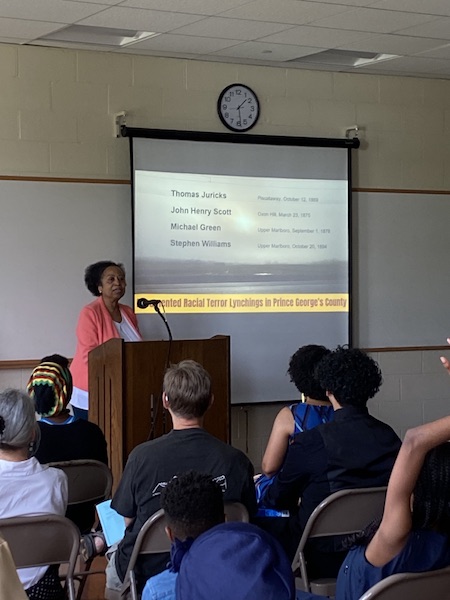
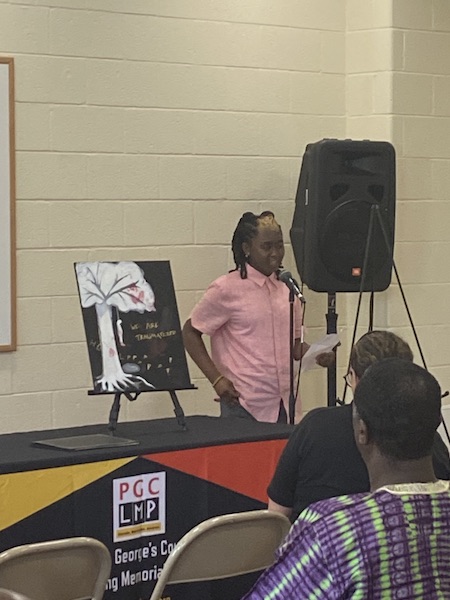
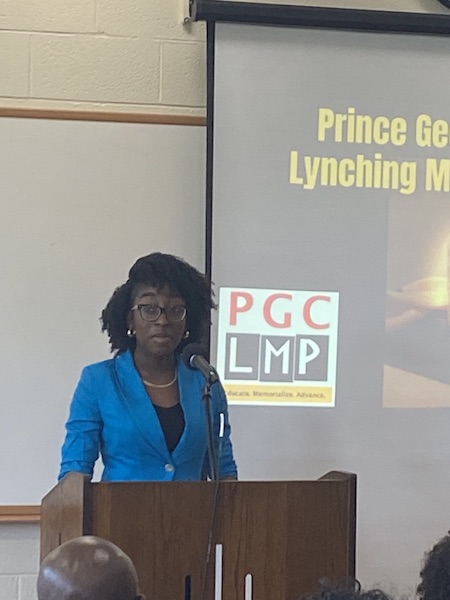
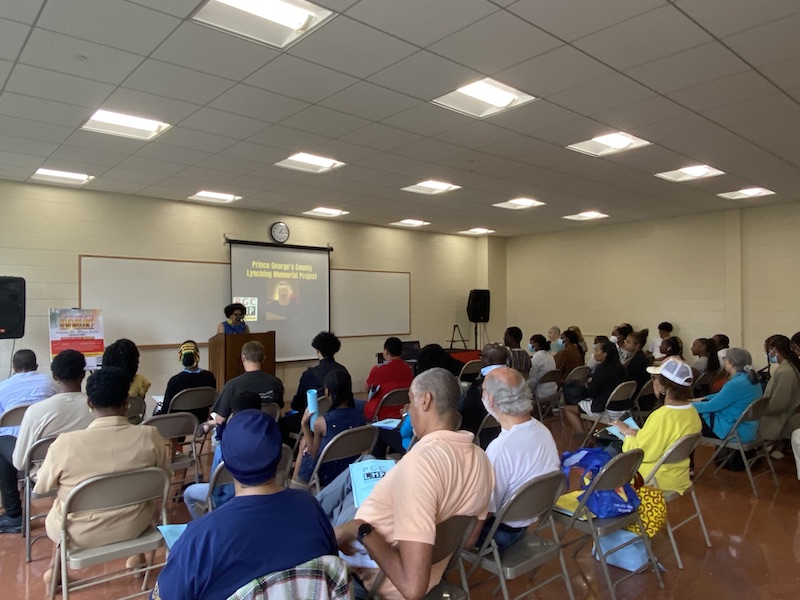
A full list of this year’s winners can be found below.
| Essay and Creative Writing Winners | ||
| Tami Ademumo | 1st Place | Frederick Douglass High School |
| Dorothy Quanteh | 2nd Place | Charles Herbert Flowers High School |
| Jessica Kennerly | 3rd Place | Suitland High School |
| Amber Ware | Honorable Mention | Charles Herbert Flowers High School |
| Emani Rose-Louis | Honorable Mention | Frederick Douglass High School |
| Visual Arts Winners | ||
| Carissa Nwabueze | 1st Place | Eleanor Roosevelt High School |
| Ismael Mercado Cruz | 2nd Place | Frederick Douglass High School |
| Bria Pruden | 3rd Place | Suitland High School |
| A’nya Vest | Honorable Mention | Frederick Douglass High School |
